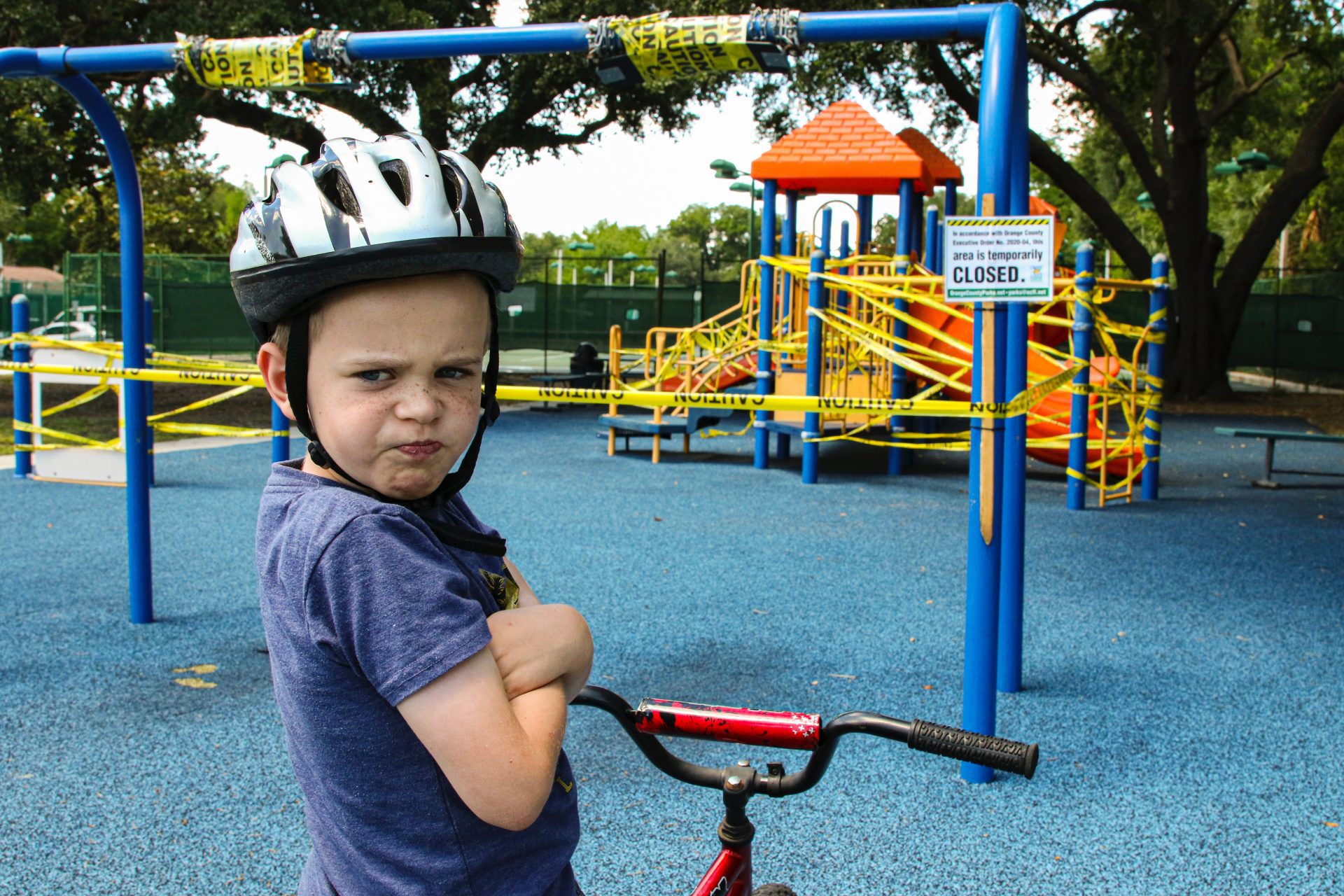5 reactive strategies for people working with challenging behaviour
The key recommendations offered from the American Association for Emergency Psychiatry are there to help achieve the following prioritised objectives when working with an agitated person exhibiting challenging behaviour: ensure everyone’s safety, assist the agitated person managing their distress and avoid escalating the situation further.
1. Respect personal space, both yours, and the other person’s
It is suggested to maintain at least 2 arm’s length of distance (Richmond et al., 2012), in order to give some space to the person that feels agitated and give you some space if you need to move somewhere safe.
2. Help the person feel safe
Pay attention to your body language, as it is easy to look defensive when you are worried for your safety. Make sure your hands are visible and not clenched, have a calm demeanor and relaxed facial expression, and avoid staring intensely. Your body language and what you are saying should align, to avoid confusing and agitating the other person further.
3. Only one person interacts
Multiple people jumping in and trying to help and interact with someone that feels agitated may accidentally contribute in escalating challenging behaviour and confusing the person further. While one designated person is helping the agitated person calm themselves, someone else should evacuate the area and ask for help.
4. Be concise and keep it simple
When agitated, we are all less capable of processing information. Try using shorter sentences and simple vocabulary. If the person already communicates this way, try simplifying it even more. In any case, ensure that the message you are attempting to get across is clear and that you provide enough time for information processing. Additionally, you may need to repeat yourself when you are trying to set limits or propose alternatives.
5. Identify wants and feelings
Try to meet the person’s needs. If you cannot figure out what they need, or if they need something that is impossible to offer, try to give them choices of what they may need or help them feel more comfortable. Most individuals, when highly distressed for a prolonged period of time, they may feel too hot and overwhelmed. Even offering some space they can lie down, and some water may help.
Dealing with an escalation is not only distressing for the person exhibiting the challenging behaviour, but also for anyone that might be trying to help. Having someone else to support the person in need while you take a break can be valuable for your physical and mental health.
If you think that you can benefit from professional support on this issue you can reach out here.
Elena Marinopoulou is a Behaviour Analyst with Willingness Team. She works with children and adults and has a strong interest in parent training, sleep and feeding issues emerging during childhood, as well as Acceptance and Commitment Therapy.
References
Richmond, J., Berlin, J., Fishkind, A., Holloman, G., Zeller, S., & Wilson, M. et al. (2012). Verbal De-escalation of the Agitated Patient: Consensus Statement of the American Association for Emergency Psychiatry Project BETA De-escalation Workgroup. Western Journal Of Emergency Medicine, 13(1), 17-25. doi: 10.5811/westjem.2011.9.6864






